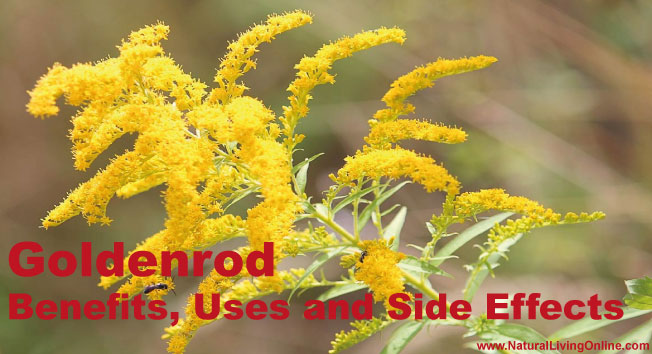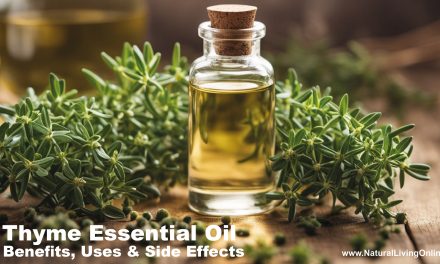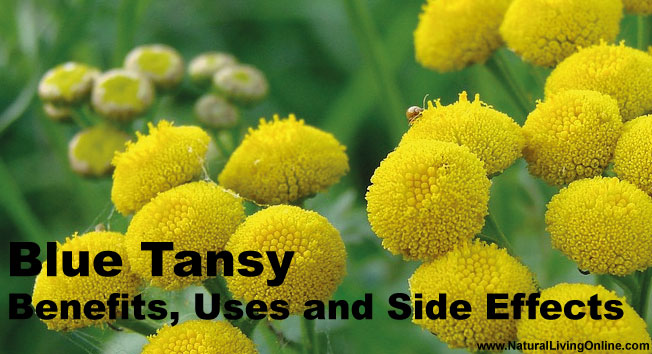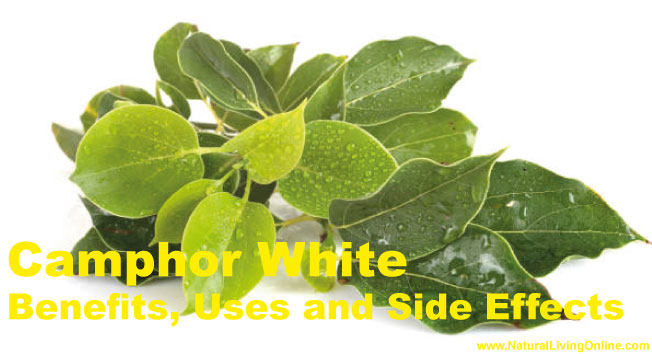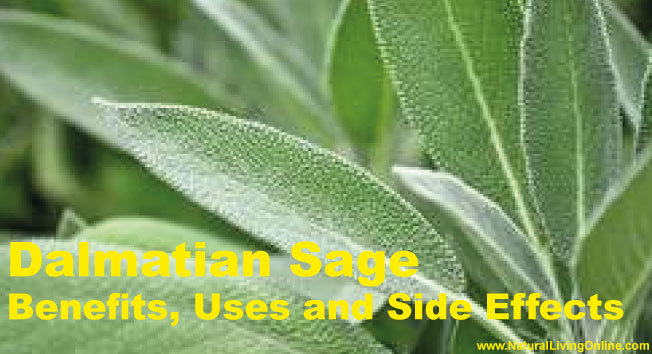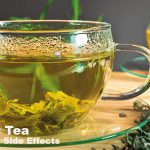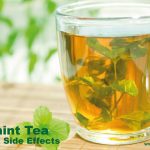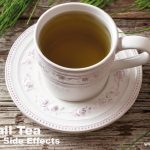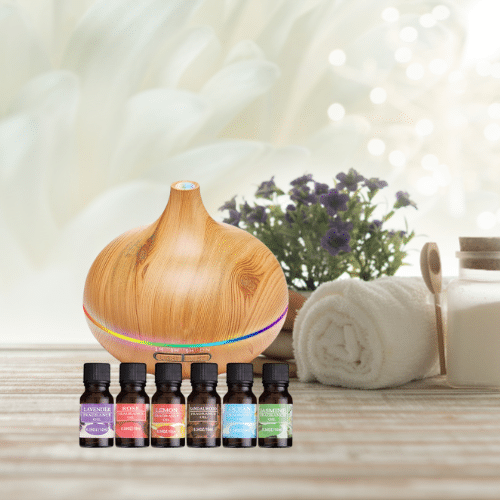Goldenrod is a plant that has been used medicinally for centuries. The oil made from its flowers and leaves is very beneficial for the skin. It can help to heal wounds, diminish scars and blemishes, and soothe inflammation. It is also useful in treating colds, flu and bronchitis. Goldenrod oil is safe to use topically, but should be diluted before application. It can cause irritation if used undiluted.
What is Goldenrod?
Goldenrod (Solidago virgaurea) is a perennial herb in the Asteraceae family. It is also known as woundwort, Aaron’s rod, and sweet goldenrod. The plant is native to Europe and Asia, but can now be found growing in North America, Australia and New Zealand. Goldenrod grows to a height of 1-2 meters (3-6 feet) and has thin, erect stems that are covered in small, yellow flowers. The leaves are long and narrow, and the plant has a deep taproot.
The plant has been used medicinally for centuries. The leaves and flowers can be made into a tea that is used to treat respiratory infections, colds and flu. The tea can also be used as a compress for wounds and bruises.
Different types of Goldenrod:
There are over 100 different species of goldenrod, but the two most common ones used medicinally are Solidago virgaurea (common goldenrod) and Solidago canadensis (Canada goldenrod).
How Goldenrod Essential Oil is made?
Goldenrod essential oil is extracted from the leaves and flowers of the plant using steam distillation.
What is the botanical name of Goldenrod?
The botanical name of goldenrod is Solidago virgaurea.
The chemical constituents of Goldenrod essential oil (Goldenrod Essential Oil Monograph):
The main chemical constituents of goldenrod essential oil are:
– Alpha-pinene: 2.0%
– Camphene: 3.0%
– Beta-pinene: 2.4%
– Sabinene: 1.2%
– Myrcene: 0.4%
– Alpha-terpinene: 0.2%
– Limonene: 0.2%
– Gamma-terpinene: 0.4%
– Terpinolene: 0.6%
– Linalool: 1.0%
– Beta-caryophyllene: 2.4%
– Alpha-humulene: 1.6%
– Caryophyllene oxide: 0.4%
– Farnesol: 1.6%
The therapeutic properties:
The therapeutic properties of goldenrod essential oil are:
– Antibacterial
– Antifungal
– Anti-inflammatory
– Antiviral
– Astringent
– Decongestant
– Diuretic
– Expectorant
– Stimulant
What are the benefits of Goldenrod Essential Oil?
The benefits of goldenrod essential oil include:
-Healing wounds
-Diminishing scars and blemishes
-Soothing inflammation
-Treating colds, flu and bronchitis
Goldenrod can be a potent functional food ingredient for preventing HFD-induced obesity by suppressing adipogenesis and lipogenesis, according to a study.
source
What are the side effects of Goldenrod essential oil?
Goldenrod oil is generally safe to use, but it can cause irritation if used undiluted. If you are pregnant or breastfeeding, you should avoid using goldenrod oil. If you have any concerns about using goldenrod oil, please consult your doctor or healthcare provider.
Possible drug interactions:
There are no known drug interactions with goldenrod essential oil. However, as with all essential oils, it is best to consult your doctor or healthcare provider before using goldenrod oil if you are taking any medications.
What are ways to use Goldenrod Essential Oil?
Goldenrod essential oil can be used in a diffuser, by adding a few drops to a bowl of steaming water, or in a bath. It can also be used topically, but should be diluted before application.
The main uses of goldenrod essential oil are:
– Skin care: Goldenrod oil is very beneficial for the skin. It can help to heal wounds, diminish scars and blemishes, and soothe inflammation.
– Respiratory infections: Goldenrod oil can be used to treat respiratory infections, colds and flu.
– Digestive problems: Goldenrod oil can be used to treat digestive problems such as indigestion, heartburn and diarrhea.
– Urinary infections: Goldenrod oil can be used to treat urinary infections.
Goldenrod essential oil should not be used by:
-Pregnant or breastfeeding women
-People with sensitive skin
-People who are allergic to ragweed or other plants in the Asteraceae family
How can I use Goldenrod Essential Oil internally?
Goldenrod essential oil like any other essential oil should not be used internally without the permission and supervision of a doctor.
How can I use Goldenrod Essential Oil topically?
Goldenrod essential oil can be used topically, but it should be diluted before application. The recommended dilution ratio is 1% or less.
How Goldenrod Essential Oil helps in aromatherapy?
Goldenrod essential oil has a sweet, floral and herbaceous aroma that can be used to boost the mood and promote relaxation.
Great Essential Oil diffuser blends for aromatherapy with Goldenrod Essential Oil:
1. Goldenrod and Lavender: This blend is calming and relaxing. It can be used to promote sleep or to relieve stress and anxiety.
2. Goldenrod and Peppermint: This blend is invigorating and refreshing. It can be used to boost energy levels or to relieve mental fatigue.
3. Goldenrod and Rosemary: This blend is stimulating and invigorating. It can be used to boost mental clarity and concentration.
4. Goldenrod and Bergamot: This blend is uplifting and refreshing. It can be used to improve mood or to relieve depression.
5. Goldenrod and Lemon: This blend is cleansing and purifying. It can be used to promote detoxification or to boost the immune system.
6. Goldenrod and Grapefruit: This blend is energizing and uplifting. It can be used to improve circulation or to fight fatigue.
7. Goldenrod and Jasmine: This blend is luxurious and romantic. It can be used to create a sensual atmosphere or to promote feelings of love and happiness.
How can I use Goldenrod Essential Oil in bath?
Goldenrod essential oil can be used in a bath. The recommended dilution ratio is 1% or less.
Historical use of Goldenrod as a herbal medicine:
Goldenrod has been used as a herbal medicine for centuries. It was traditionally used to treat respiratory infections, colds and flu. It was also used to treat digestive problems such as indigestion, heartburn and diarrhea. Goldenrod was also used to treat urinary infections. Today, it is still used for these purposes. In addition, goldenrod is also used to treat skin conditions such as wounds, scars and blemishes and it is a popular ingredient in skin care products and aromatherapy blends.
What blends well with Goldenrod Essential Oil?
Goldenrod essential oil blends well with lavender, peppermint, rosemary, bergamot, lemon, grapefruit and jasmine.
What does Goldenrod Essential Oil smell like?
Goldenrod essential oil has a sweet, herbaceous scent that many find pleasant. It can be used in aromatherapy or added to lotions, creams and other cosmetics.
Can I make Goldenrod Essential Oil at home with infusion method?
Yes, you can make goldenrod essential oil at home using the infusion method.
What is the shelf life of Goldenrod Essential Oil?
Goldenrod essential oil has a shelf life of 2-3 years.
Is Goldenrod Essential Oil safe for kids?
Goldenrod essential oil is not recommended for use with children.
Can Goldenrod Essential Oil be used on pets?
Goldenrod essential oil is not recommended for use with pets.
DIY recipes using Goldenrod Essential Oil:
To make a goldenrod essential oil compress:
1. Add 2-3 drops of goldenrod essential oil to a bowl of hot water.
2. Soak a clean cloth in the water and wring it out.
3. Apply the cloth to the affected area.
4. Repeat as necessary.
To make a goldenrod essential oil diffuser blend:
1. Add 2-3 drops of goldenrod essential oil to a diffuser.
2. Add 2-3 drops of eucalyptus essential oil and 2-3 drops of peppermint essential oil.
3. diffuser according to the manufacturer’s instructions.
To make a goldenrod essential oil bath:
1. Add 2-3 drops of goldenrod essential oil to a bathtub filled with warm water.
2. Mix well and enjoy your bath!
To make a goldenrod essential oil massage oil:
1. Add 2-3 drops of goldenrod essential oil to 1 ounce of carrier oil.
2. Apply to the desired area and massage gently.
3. Repeat as necessary.
This website does not provide medical advice.
All information provided on this website, and on associated social media networks, including but not limited to texts, images, and numbers are for general information purpose only. It is not intended as medical advice and it does not include all possible precautions, side effects, or interactions that may occur. Neither NaturalLivingOnline.com nor its author/founder take responsibility for how you use this information. Statements contained on NaturalLivingOnline.com have not been evaluated by the FDA. You should conduct thorough research via multiple sources and consult your physician or qualified doctor before using any essential oil or herbal remedy. Information on NaturalLivingOnline.com must not be relied upon for medical, legal, financial or other decisions.

